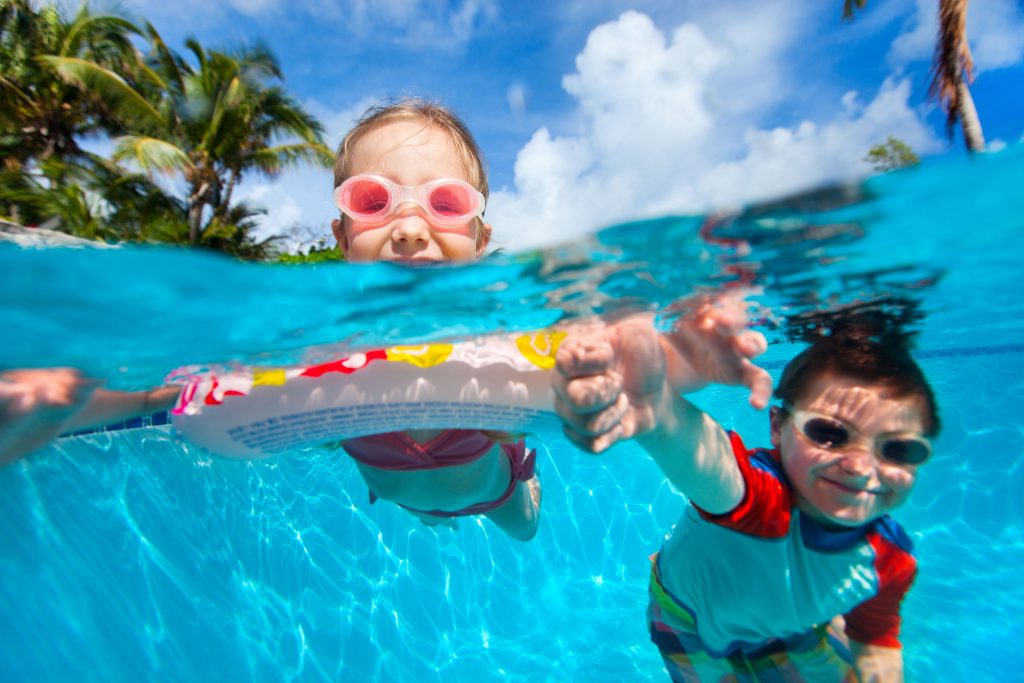
On Saturday, June 4, 2017, a 4-year-old boy in Harris County, Texas, died from “dry drowning”. Nearly a week had passed since Frankie had gone swimming. The only symptoms he displayed in the days before he suddenly stopped breathing were gastrointestinal. Until that moment, his parents thought he had a stomach bug. After efforts to resuscitate the boy failed, the doctor told them that his lungs were full of fluid.
Dry Drowning
Dry drowning, secondary drowning, and delayed drowning are terms that are often used interchangeably to describe a medical emergency that can kill your child hours or days after being in the water. It is very rare, accounting for only one to two percent of all drownings in the U.S., but you need to know the signs. Dry drowning can be treated successfully, if it’s caught early. Unfortunately, when symptoms arise the condition is often mistaken for a virus, delaying treatment until it is too late.
Dry drowning can happen after a child has had the opportunity to inhale water, in any setting. Swimming pools are the most obvious cause, but even a bath can put your child at risk.
Symptoms of Dry Drowning
Symptoms of dry drowning can include:
- Coughing
- Gasping
- Difficulty breathing
- Chest pain
- Vomiting
- Sleepiness
- Abnormally low energy
- Unusual irritability
The risk of dry drowning is very low, but drowning in general is a very common cause of death in children and, according to the U.S. Centers for Disease Control and Prevention (CDC), it is the second-leading cause of death in children age one to four, surpassed only by birth defects. Constant supervision is crucial to preventing droning in young children, find out why the presence of more adults can actually increase the risk of child drowning.















